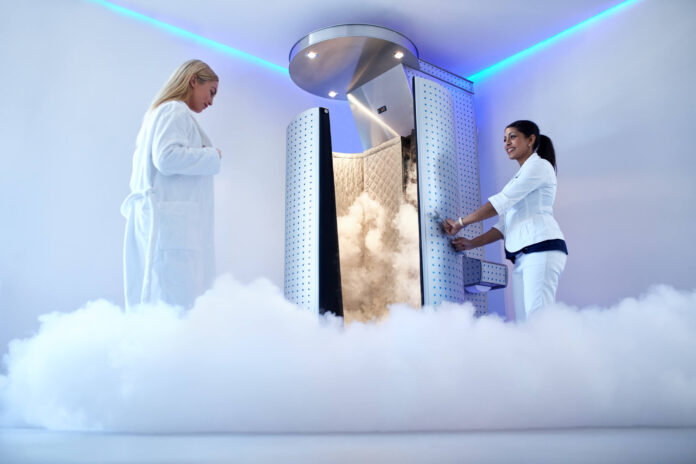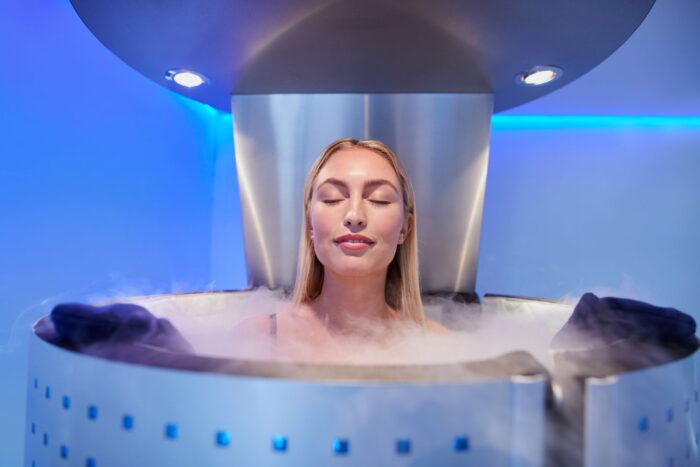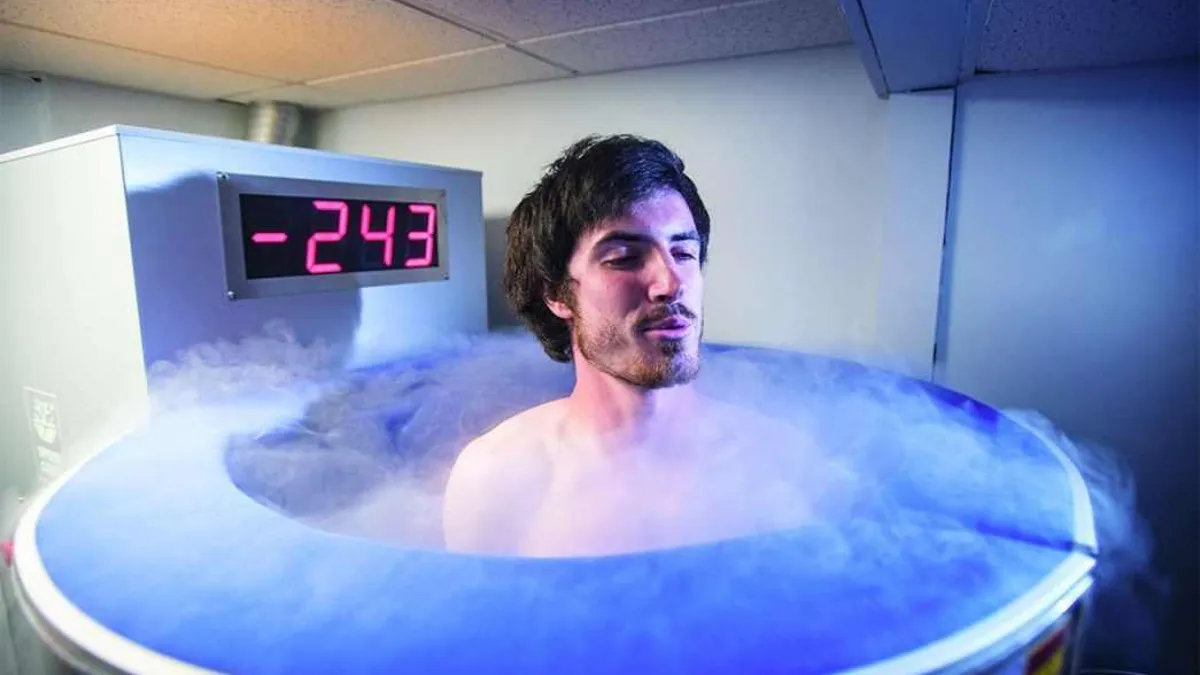
In recent years, Whole-Body Cryotherapy (WBC) has gained traction as a cutting-edge wellness trend, enticing people with the promise of numerous health benefits. Athletes, fitness enthusiasts, and individuals seeking pain relief have flocked to cryotherapy centers in pursuit of the potential advantages. To better understand its effectiveness, we must also consider the quality and safety of the full body cryotherapy machines used in delivering these treatments.
Understanding Whole-Body Cryotherapy
At the core of WBC is the concept of exposing the body to extreme cold for short periods. During a typical WBC session, individuals enter a specially designed chamber where temperatures plummet to as low as -338°F (170°C). The frigid environment is intended to induce a range of physiological responses, including vasoconstriction and the release of endorphins, which proponents argue can lead to various health benefits.
The Claims and Promises
One of the primary reasons for the surge in popularity of WBC is the multitude of claims surrounding its potential advantages. These claims include accelerated muscle recovery, reduced inflammation, increased energy levels, enhanced mood, and even weight loss. The core belief is that the extreme cold exposure activates the body’s natural healing mechanisms, resulting in these benefits.
Scientific Evidence and Research

Scientific investigation into the effectiveness of WBC is ongoing, and the existing body of research provides mixed results. While some studies have shown promising outcomes, such as reduced muscle soreness and improved athletic performance, others have found limited or inconclusive evidence to support the claims. It’s essential to approach the existing research with caution and acknowledge the need for more comprehensive and long-term studies to establish a clear scientific consensus.
Practical Considerations and Safety
Before embarking on a journey into the world of WBC, it’s vital to consider practical factors and safety concerns. While WBC sessions are short, typically lasting only a few minutes, wearing appropriate attire to protect against extreme cold is essential. Moreover, not everyone is a suitable candidate for WBC, and contraindications, such as certain medical conditions or sensitivities to cold, should be carefully assessed. Additionally, individuals should be aware of potential side effects, which may include skin irritation or changes in blood pressure.
The Origins of Whole-Body Cryotherapy
WBC has its roots in Japan, where it was first introduced in the late 1970s by Dr. Toshiro Yamauchi. He initially used this treatment for rheumatoid arthritis patients, observing that the cold exposure led to reduced pain and inflammation. Over the years, the method migrated to Europe and then to the United States, gaining popularity not only among patients with inflammatory disorders but also among athletes and the broader wellness community.
Mechanism Behind Whole-Body Cryotherapy
The body’s reaction to extreme cold is complex and multifaceted. When subjected to frigid temperatures during a WBC session, the body goes into a survival mode. Blood vessels constrict to preserve core temperature, leading to a reduced flow of blood to the extremities. Once out of the cold environment, the body undergoes vasodilation, where blood vessels expand, allowing a rush of oxygen-rich blood to the muscles and tissues.
This sudden influx is thought to facilitate the removal of toxins and metabolic waste, while also delivering nutrients, potentially aiding in muscle recovery. The extreme cold also stimulates the nervous system, triggering the release of endorphins, the body’s natural painkillers and mood enhancers.
Potential Therapeutic Applications

Beyond athletic recovery and general wellness, some proponents suggest that WBC might have therapeutic applications for:
- Chronic Pain Management: For individuals suffering from chronic pain conditions like fibromyalgia or arthritis, WBC could offer temporary relief by numbing the nerves and reducing inflammation.
- Mental Health: Preliminary studies hint at the potential benefits of WBC for mood disorders, including depression and anxiety. The endorphin rush post-treatment can elevate mood and provide a sense of well-being.
- Skin Conditions: Some claim that WBC can improve skin conditions like eczema and psoriasis, though this requires further research.
Cost and Accessibility
While the allure of WBC is strong, it’s essential to consider its financial implications. Sessions can be relatively pricey, and for those who seek regular treatments, costs can quickly accumulate. Furthermore, WBC centers might not be readily available in all regions, requiring travel or significant time investments for some interested individuals.
Environmental Impact and Sustainability
The environmental footprint of WBC is another area of concern. The chambers rely on liquid nitrogen to achieve ultra-low temperatures. The production, transport, and usage of liquid nitrogen have associated carbon emissions, making the sustainability of frequent WBC sessions questionable. Prospective users might want to weigh the potential benefits against the environmental impact of their choices.
The Future of Whole-Body Cryotherapy
The future of WBC is promising, with ongoing research that might provide a clearer understanding of its benefits and limitations. As technology advances, we could see innovations in the design and efficiency of WBC chambers, making treatments more accessible and environmentally friendly. Furthermore, as more rigorous scientific studies emerge, healthcare professionals might better guide patients on the suitability and frequency of WBC sessions.
Individual Variability in Response
It’s also important to remember that each person’s response to Whole-Body Cryotherapy can vary. Some individuals might experience immediate benefits, feeling rejuvenated and energetic post-session, while others might not notice any significant changes. Factors such as individual metabolism, health conditions, and even psychological factors can influence one’s experience with WBC.
Educated Choices in Wellness

The world of wellness is vast and ever-evolving, with new trends emerging regularly. While it’s tempting to jump onto the latest bandwagon, the key is to make educated decisions. By staying informed, consulting with healthcare professionals, and listening to one’s body, individuals can make the best choices for their health and well-being, whether that involves Whole-Body Cryotherapy or any other wellness modality.
Conclusion
In summary, Whole-Body Cryotherapy is a trend that has generated significant interest, but its worthiness of the hype remains a subject of debate. Whether WBC is a valuable addition to one’s wellness routine depends on individual goals and risk tolerance. It is essential to approach this trend with a critical mindset, consult with healthcare professionals, and consider the current state of scientific knowledge before diving into the icy world of cryotherapy.
















